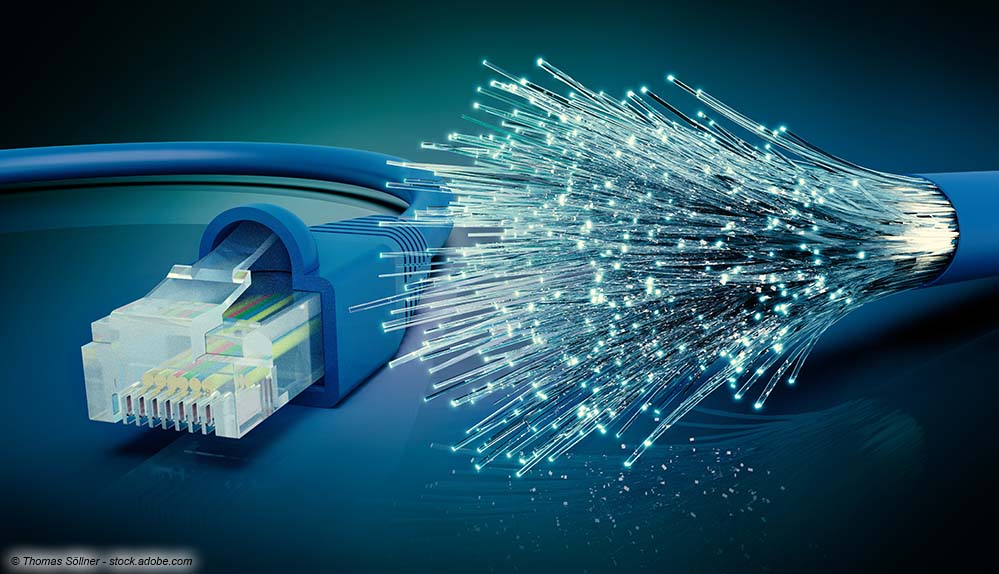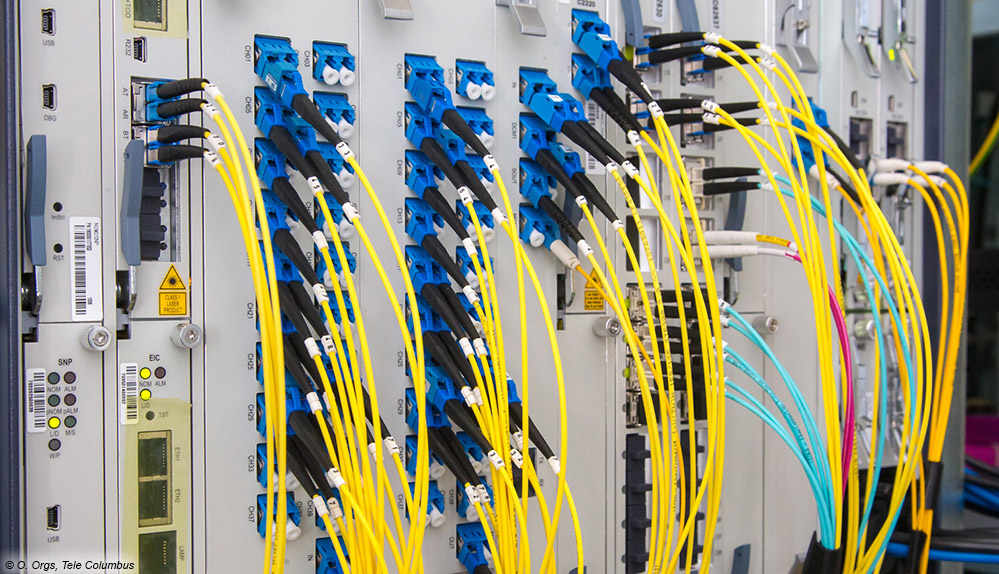While more and more households are getting a fiber optic connection, the pace of expansion in rural areas is losing momentum, according to a new analysis. The federal government is therefore likely to miss the expansion target for 2030 by a wide margin.
By 2030, the fiber optic infrastructure in Germany is to be expanded nationwide. However, according to a recent study, the federal government will miss this target by a long way. According to the study, the expansion is progressing across the country, but it is losing momentum. This is the result of the market analysis that the Federal Association for Broadband Communication (Breko). Deutsche Telekom’s competitors are organized in this association.
Fiber optic expansion in the area is losing momentum


According to the analysis, the fiber optic expansion rate in June 2024 was around 43 percent, with almost 20 million connections. That was around 15 percent more connections than at the same time last year. Between June 2022 and June 2023, this figure had increased by around 36 percent. The rate refers to streets in which the cables for fast internet have already been laid without a direct connection to households (homes passed).
From the point of view of Breko President Norbert Westfal, the decreasing pace is an early indicator that has an impact on the political expansion goals. “According to our forecast, Germany will reach the goal of fiber optic connections for half of the households by 2025,” he stressed. However, nationwide coverage by 2030 is not in sight. According to the association’s forecasts, only an expansion rate of between 76 and 86 percent is realistic by then.
Number of direct connections increases faster


While the pace of expansion is slowing across the country, the number of directly connected households, companies and authorities (homes connected) is growing faster. In June 2024, around 10.5 million households were directly connected to the fiber optic network. That was around 18 percent more than in June 2023. In the same period last year, the increase was only 3.5 percent. In order to gain ground again across the country, a political course correction is needed, the association demands. “In particular, we are calling on the Federal Network Agency to come up with a concept for a competition-compliant transition from copper to fiber optic networks,” Breko said.
Text: dpa / Editor: Felix Ritter
Image source:
- fiber optic internet: https://stock.adobe.com/de/images/netzwerkkabel-und-optisches-glasfaser-kabel-3d-rendering/226315114?prev_url=detail
- Network_1: © O. Orgs, Tele Columbus
- fiber-optic-telekom-df: Marc-Steffen Unger/ Deutsche Telekom
Source: www.digitalfernsehen.de


